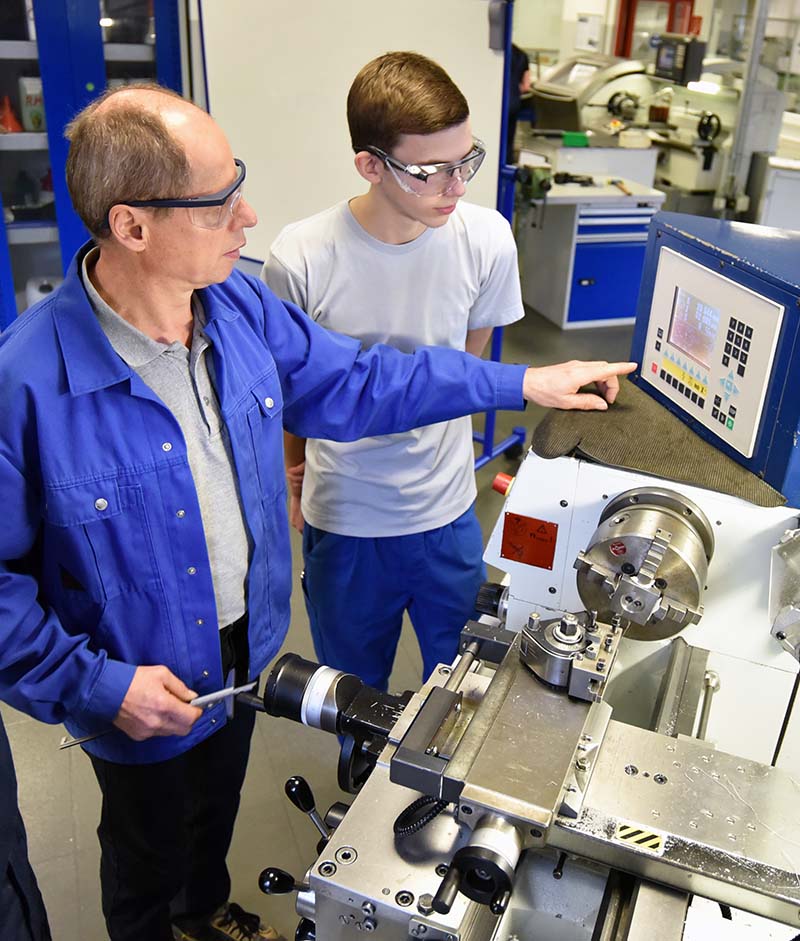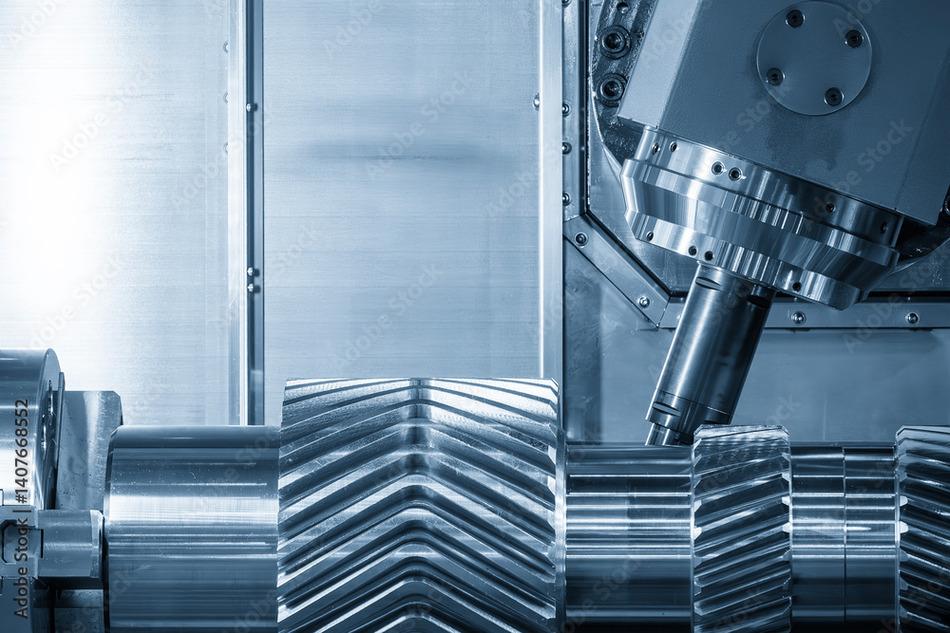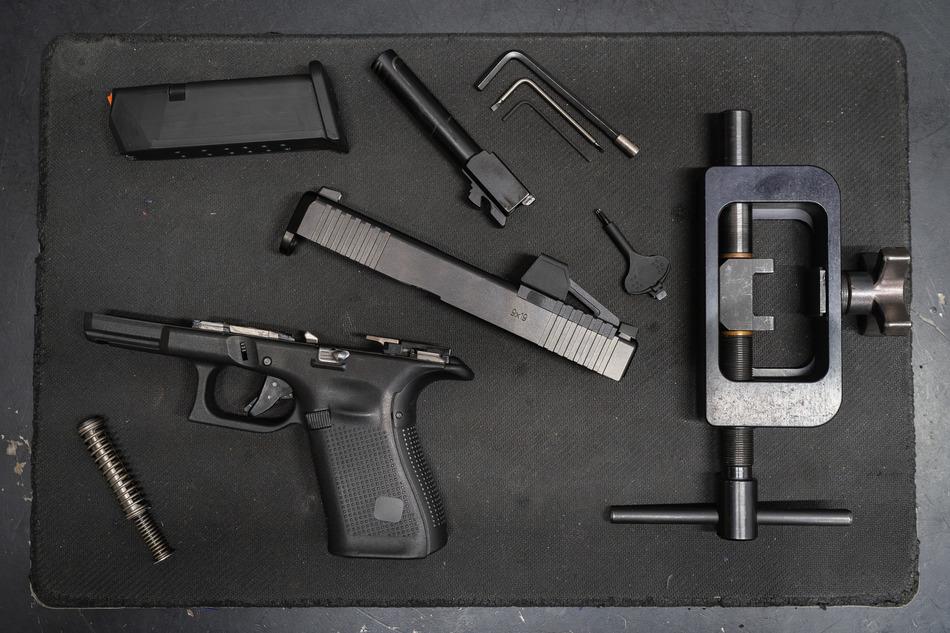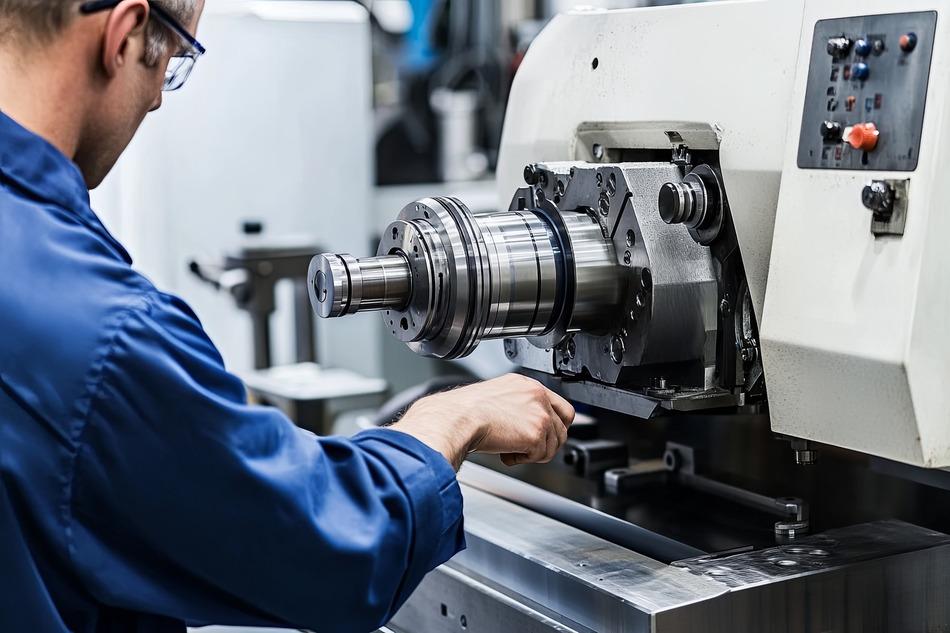Maximizing Efficiency in CNC Machining: Tips and Techniques
Efficiency is a key factor in CNC machining operations. When machines run more efficiently, productivity goes up, operating costs go down, and your shop becomes more competitive in a crowded market. Even small improvements in workflow or programming can lead to major long-term gains.
How to Streamline Your CNC Workflow
In this blog post, we’ll explore practical tips to help you get the most from your CNC machines.
From smarter tool selection to better programming techniques and workflow adjustments, these strategies are designed to cut down on wasted time and unnecessary wear.
Whether you’re managing a single machine or a full production floor, these approaches can help you maintain consistent output and improve operational success.
Programming Efficiency:
Avoid unnecessary tool movements in the air by optimizing toolpath geometry. Minimize rapid movements, retract heights, and unnecessary tool changes to reduce cycle times.
Utilize CAM Software Effectively: Take full advantage of CAM software to generate efficient toolpaths. Optimize cutting strategies, such as adaptive clearing and high-speed machining, to minimize machining time and reduce tool wear.
Implement Tool Libraries: Create and maintain a comprehensive tool library within your CAM software. This allows for quick and accurate selection of tools, reducing setup time and minimizing errors.
Optimize tool geometry: Match tool geometry to the machining operation. Consider aspects like rake angle, clearance angle, and edge preparation to minimize cutting forces, improve chip evacuation, and enhance surface finish.
Implement tool wear monitoring: Utilize sensor-based technologies or tool wear monitoring systems to track tool life and replace tools at the appropriate time. This prevents tool failure during critical operations and ensures consistent part quality.
Workflow Optimization:
Workflow optimization involves streamlining processes, eliminating inefficiencies, and harnessing technology to enhance productivity.
Streamline workpiece preparation: Invest time in effective workpiece preparation, including proper fixturing and clamping. Ensure accurate alignment and secure workholding to minimize setup errors and reduce the need for rework.
Implement standardized workholding solutions: Utilize modular or quick-change workholding systems to reduce setup times. Standardize fixtures and utilize dedicated setups whenever possible to minimize changeovers and increase efficiency.
Optimize tool change and setup processes: Reduce tool change times by organizing tools effectively. Consider tool layout, tool labeling, and tool presetting to streamline tool changeovers and minimize idle time.
Implement in-process inspection: Utilize in-process inspection techniques, such as probing or non-contact measurement systems, to verify part dimensions during machining. This allows for immediate correction of any machining deviations, reducing the need for additional operations or scrap.
Continuous Improvement:
Analyze and optimize cutting parameters: Continuously monitor and analyze cutting parameters, such as cutting speeds, feeds, and depths of cut. Fine-tune these parameters based on material characteristics, tool capabilities, and desired productivity to achieve the best balance between machining speed and part quality.
Regular machine maintenance: Implement a preventive maintenance schedule to keep CNC machines in optimal condition. This includes routine lubrication, cleaning, and calibration to ensure accuracy, extend machine life, and avoid unexpected breakdowns.
Encourage employee involvement: Involve operators and programmers in process improvement initiatives. Encourage them to suggest ideas for optimizing workflow, improving programming techniques, and enhancing overall efficiency. Their experience and insights can lead to valuable improvements.
Extend Machine Life
Efficiency in CNC machining is not a one-time endeavor but a continuous pursuit. Regularly evaluate your processes, monitor performance metrics, and seek opportunities for improvement. Embrace new technologies and stay updated with advancements in CNC machining to stay ahead of the competition.
Remember, maximizing efficiency goes beyond just speeding up production. It also involves maintaining consistent quality, minimizing waste, and optimizing resource utilization. Strive for a balance between speed, accuracy, and cost-effectiveness to achieve the best results.
Small improvements in efficiency lead to major gains in productivity and profitability over time. From better tooling to smarter software, optimizing your operation is an ongoing process. Let us help you streamline performance with CNC software upgrades and optimization services built to reduce waste and boost output.




